Every sport has its great characters and fascinating tales. Skiing, as a sport and culture, has more than its share of great stories, told in many languages. They’re all worth retelling, and in particular it’s great fun to squirrel out the truth behind each myth. – Seth Masia: skiinghistory.org
If you’ve been following our Colorado ski instructor series, you realize that many instructors have fascinating histories worth retelling. This week, Seth Masia, Level III ski instructor, licensed pilot, environmentalist, gear expert and renowned ski historian, joins the list.
Dramatic Beginnings
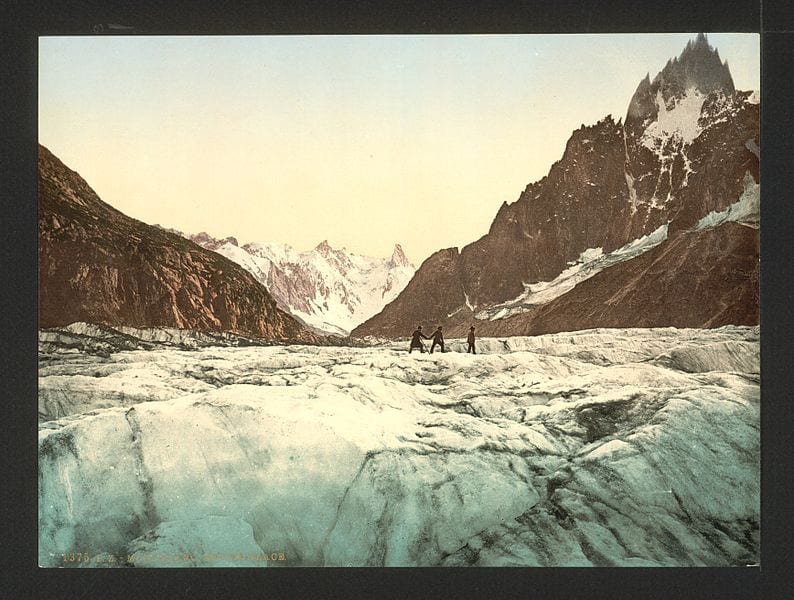
Many skiers dream of gaining enough skill to master the slopes of Chamonix. In 1968, while attending the University of Chicago, Seth started skiing on a climbing trip to Chamonix. His gear: leather boots and wooden skis with screwed-on edges. This began a life-long commitment to all things related to winter sports, which included teaching at Squaw Valley Ski School from 1984 to 1993.
But you can’t talk about winter sports without talking about global warming. Here’s what he decided to do.
The Glaciers Are Melting
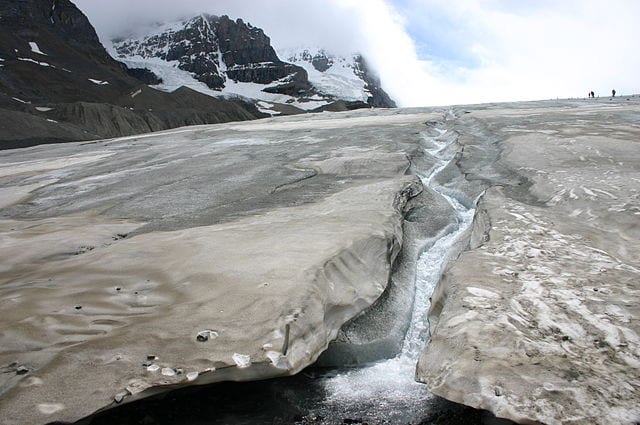
In 1974, Seth joined the staff of SKI Magazine, and worked as editor of SKI Business, managing editor of Cross Country Ski Magazine, and senior editor/technical editor of SKI Magazine. This enviable job delivered him to ski slopes around the world. Needless to say, many of his work-related excursions were amazing. Others were disturbing. Why? The earth’s glaciers were melting.
Realizing that global warming could kill the snow sport industry, Seth began writing discourses on climate change. In 2007, earned a master’s degree in environmental journalism at the University of Colorado/Boulder. Upon graduation, he joined the American Solar Energy Society as an editor of the magazine SOLAR TODAY. A few years later, he served as the organization’s executive director.
In this video interview with Renewable Rider, Seth talks about renewable energy and electric transportation. (He’s actually built an electric motorcycle!) Charming, charismatic and soft-spoken, his clear presentation of ideas gives you an idea of his teaching skills.
Seth Masia: Author and Gear Expert
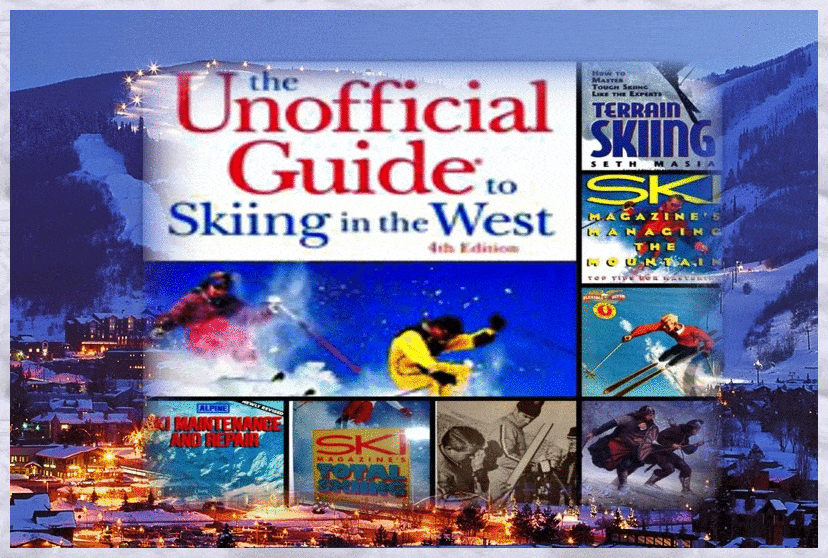
From 1993 to 1994, Seth worked as a product manager for K2 alpine skis. He coordinated product development projects, validated engineering prototypes and made key contributions to the design of the K2 MSL and Four-Three-Two series models. Seth now works as a consultant for Wagner Skis. He has also written books on ski maintenance, ski technique and skiing out west, and has had articles published in Backpacker, Outside and The New York Times.
Masia, the Historian
Seth Masia earned a bachelors in English literature and history from the University of Chicago. In 2001, he put his history background to use, by accepting a position as the website editor of the International Skiing History Association. Like a perfect ski turn, this was a smooth and natural career transition from his editorial work at Ski Magazine:
I was technical editor of SKI Magazine for 20 years, beginning in 1974, and had a chance to meet most of the great American skiers of the 20th century. About 15 years ago, ISHA asked me to write for their magazine and reorganize their website, which I did. Now I’m president of the organization.
Teaching at Vail
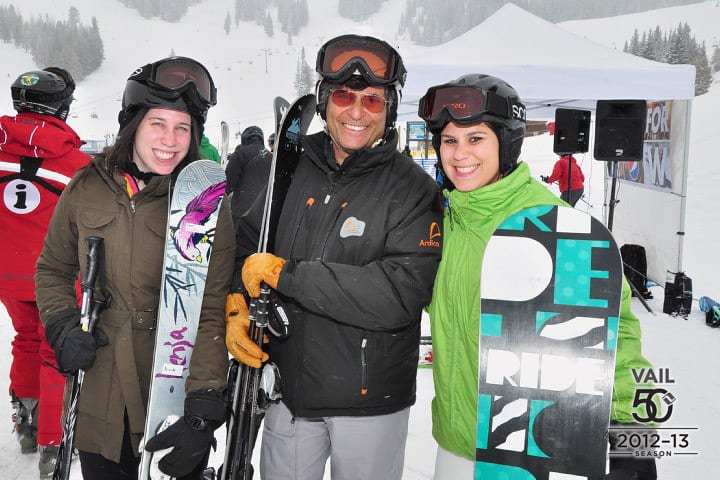
Seth started teaching at Vail in 1998. In his blog, titled Ski Younger Now, he writes:
For the past few years my clientele at the Vail Ski School has consisted very largely of skiers in their 60s and older… These over-the-hill jocks are fully committed to the sport and eager to be retrained so they can do it for another ten or twenty years. They now face a number of physical challenges: slowed reactions, weaker muscles, fragile joints.

A critical issue is to reduce the torque on knees, hips and lower back. This means we’re going to reduce the steering component and replace it very largely with edging. Happily, shaped skis encourage this.
He uses the “patience turn” to illustrate this idea.
All that’s needed with a shaped ski is to flatten it on the snow, and the tip will seek the fall line. And all it takes to flatten the ski is a very small upper body motion in the direction of the new turn. Good skiers do this by moving the hands toward the new pole plant. For nervous people, this move toward the valley may produce anxiety, so I ask for a simple turn signal: point the downhill hand in the direction you’re going to turn, as you would in signalling for a turn while riding a bike. This works like a charm, and this gesture will be the pole plant tomorrow. Point the hand and simply wait for the skis to begin turning. As you pass through the fall line, tip the skis a bit further onto the inside edges to complete the turn.
Want to book a lesson with Seth Masia?
Call the Vail Village Private Lesson Desk and ask for him! (800) 475-4543
Read about a previous Colorado ski instructor or see them all.

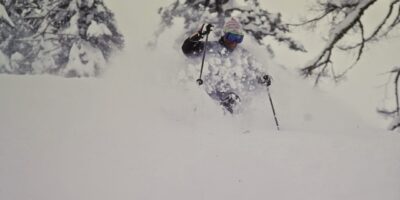
 Jill Sickels Matlock: Ski Instructor, Adventure Goddess
Jill Sickels Matlock: Ski Instructor, Adventure Goddess